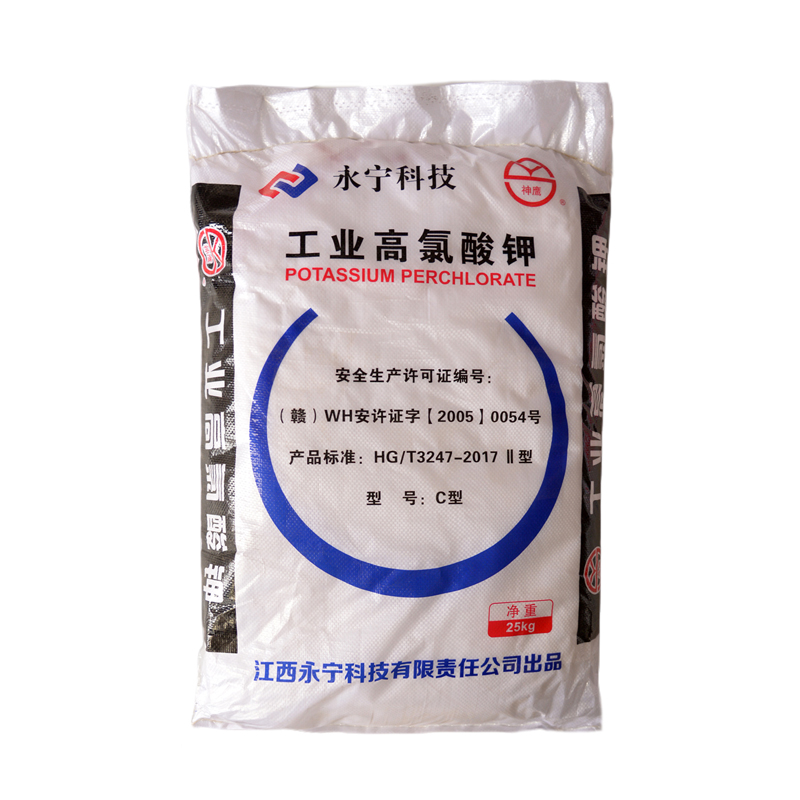WASHINGTON — Insurgents in Afghanistan are shifting to a new source of homemade explosives for the bombs responsible for two-thirds of U.S. casualties there: the substance that makes matches catch fire.
Potassium chlorate has surpassed fertilizer as the explosive of choice for insurgents, Pentagon research shows. For years, U.S. officials sought to stem the flow of fertilizer from Pakistan. To an extent they succeeded only to see a new source of explosives emerge in what a top Pentagon official calls the "ruthlessly Darwinian conflict." Potassium Perchlorate Aluminum Powder

The shift to potassium chlorate is significant because the material is easier to turn into an explosive than fertilizer, is nearly as powerful, and it costs even less.
In recent years, U.S. officials have pressed Pakistan to stem the flow of ammonium nitrate fertilizer into Afghanistan. The sale of the fertilizer was banned in some regions bordering Afghanistan, helping reduce the supply available to insurgents.
Now, bomb makers have identified an alternative source. For the first time in the 12-year war, potassium chlorate was the most common ingredient, fueling 60% of the IEDs.
"What we have seen over the year is its use spreading across the country at an increasing rate," said Al Sweetser, the chief researcher at the Joint IED Defeat Organization, the Pentagon's lead agency for combating makeshift bombs.
From March through May, insurgents planted 3,572 improvised explosive devices, a 13% decrease compared with the same period last year. Four in five were powered by homemade explosives, according to JIEDDO. Much of the decrease in bomb attacks can be attributed to the withdrawal of 32,000 U.S. troops from Afghanistan.
Potassium chlorate is used legally in Pakistan in the manufacturing of matches and textiles. There are 390 textile mills and 50 factories that make matches there, JIEDDO records show. Imports of potassium chlorate to Pakistan from India, China and Iran have "spiked significantly" in recent years.
The document indicates that the Haqqani Network, which is responsible for attacks against U.S. troops in eastern Afghanistan and for staging suicide raids in Kabul, tend to favor potassium chlorate for their bombs.
"Sharp increases in its use," the document says, "illustrate a growing comfort level" among Afghan insurgents with potassium chlorate.
Insurgents have learned, Sweetser said, to "literally adapt or die."
Potassium chlorate is an odorless white crystal or powder that, when combined with a fuel, forms an explosive mixture. Ammonium nitrate fertilizer, meanwhile, requires several steps to transform into an explosive.
"It's much, much easier," Sweetser said.
It's also cheaper. A 110-pound bag of ammonium nitrate costs $160 in Afghanistan; the same-size bag of potassium chlorate goes for $48, according to JIEDDO. The average IED in 2012 contained about 52 pounds of ammonium nitrate. Such a bomb cost about $416 to produce.
The price soars when a suicide bomber drives a car or truckload of explosives into a target. That can cost as much as $19,593, according to JIEDDO.
Insurgents in Afghanistan generally pack explosives into plastic jugs used to store cooking oil. The typical IED in Afghanistan is triggered by the victim stepping on it or driving over it.
"What the insurgents hit on there is the low- to no-metal victim-operated IED," Sweetser said. "It's kind of the signature device of the conflict in Afghanistan. Very simple to construct with readily available materials. And very hard to counteract."
As Afghan soldiers and police assume primary responsibility for security from the U.S.-led coalition, they are increasingly the targets of IED attacks. Marine Gen. Joseph Dunford, the top commander of allied forces in Afghanistan, said more than 100 members of the Afghan security forces die each week.
Afghans patrol in unarmored Ford Ranger pickup trucks and Humvees, which can be tron apart by bombs buried in roads. For years, U.S. troops have used Mine Resistant Ambush Protected trucks and Stryker combat vehicles with V-shaped hulls to deflect the force of IEDs.
The safety of Afghan forces is becoming an increasing concern, Sweetser said.

Potassium Perchlorate Ebay "Afghans are taking a much larger share of the casualties," he said. "It's something we're tracking very closely."